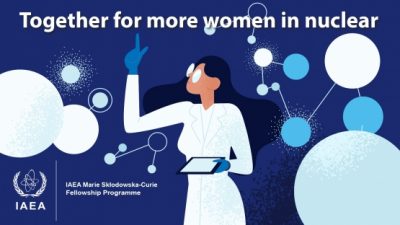
The Unique Scientific and Technical Infrastructures (ICTS) in Spain are facilities, resources and services for the development of top-quality cutting-edge research as well as communication, exchange, and preservation of knowledge, technology transfer, and promotion of innovation. They are either unique or exceptional in their fields, have a high cost of investment, maintenance, and operation, and are of a strategic importance that justifies their availability to all actors in the field of R&D&I.
For example, the Gran Telescopio de Canarias (the Great Telescope of the Canary Islands) is used, among others, to monitor potentially dangerous asteroids and the ALBA synchrotron is used to study the material’s internal structure. They all share three fundamental characteristics: they are infrastructures with public ownership, unique and open to competitive access.





